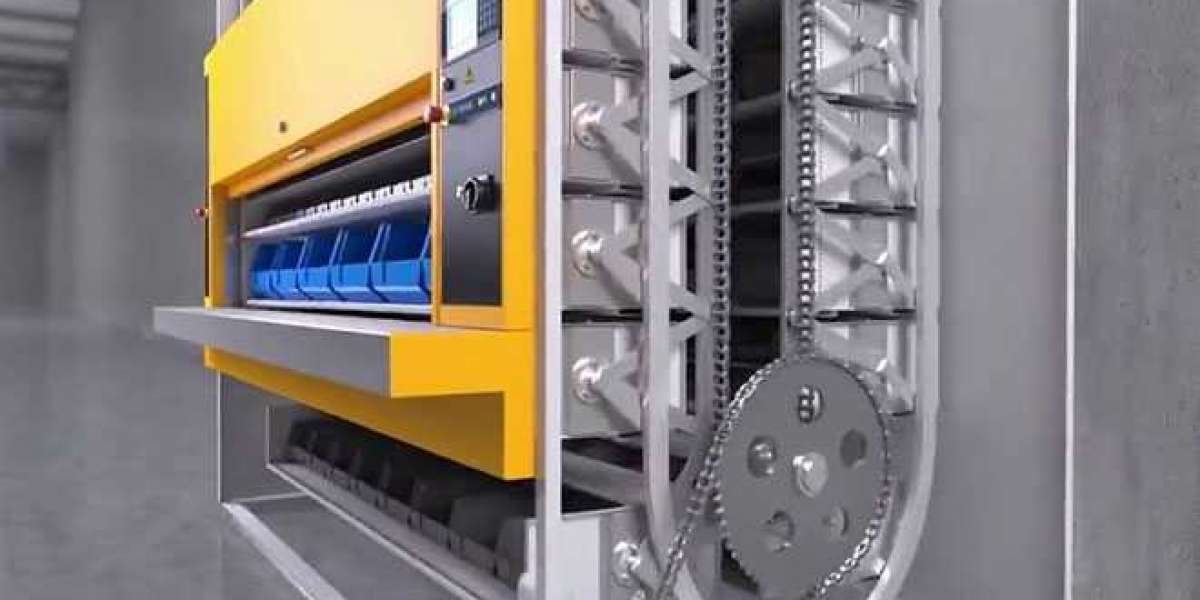A new report from the Bureau of Labor Statistics finds that average productivity growth since the Great Recession ended in 2007 has been the slowest of any long economic expansion since the Second World War, despite technological progress.
workers have been displaced, but with the proper training and skill sets, those workers have been able to advance to higher-paying jobs with greater levels of personal satisfaction. Soft skills, decision-making, and human dexterity will prevent robots from taking over jobs in the near future, despite widespread belief that robots will do so.
Many retailers have identified streamlining the return process as a top priority. Getting the most value out of an item and delivering it quickly to a suitable location for resale are two essential components of effective reverse logistics. solutions for optimizing multichannel returns include warehouse management system Conveyor belt modules or systems capable of automating the reverse process flow, automated material handling and packaging systems, and the development of effective communications with customers.
System or module functionality for Conveyor belt return transactions Conveyor belt systems or modules must be capable of dealing with a wide variety of transaction types.
This includes processing returns labels and returns receipts, providing warehouse control system (WCS) interfaces to automated process flows, effectively communicating with the enterprise resource planner (ERP) for returns and credits, and communicating with the customer through the website or mobile devices, among other things.
Flexibility and scalability are required in the development of process flows. These procedures would include the timely receipt of goods, the processing, the verification and inspection of merchandise, and the provision of feedback into a continuous distribution process, among other things,When it comes to the return to stock process, timely receipt and processing are two critical components that ensure inventory accuracy while also reducing markdowns.
Packaging and Material Handling Equipment The second piece of the puzzle is putting in place the technical infrastructure that will be required to support the process.
When combined with manual workstations and automated sorting and bagging equipment, automation-enabled routing and material handling solutions provide the most cost-effective solution.
In the modern returns process, automated material handling equipment (MHE), packaging and labeling machines, manual workstations for order processing and scanning, and other solutions designed to handle a wide range of product types are utilized. Boxes, containers, textiles, and poly bags are some of the more common product types. A number of automated baggers are now capable of processing up to 3,600 clothing items per hour, significantly speeding up the repackaging and return-to-shelf process. To achieve an effective solution that supports the processes and throughput rates, it is necessary to integrate these systems and components into a single design.
Initiating and Maintaining Effective Customer Communication Maintaining effective, on-time communication with customers is essential for building trust and brand loyalty.
Customers can follow the progress of an order from the time it is placed through the time it is picked, packed, shipped, routed through various hubs, and finally delivered to their front door. When it comes to the reverse flow of goods, they expect the same level of communication. Among the tasks required are communication from the carrier at various scan points, confirmation of package receipt into the return's facility, processing of the returned package, and, finally and perhaps most importantly, the crediting of their account. It is important for customers to be able to see where they are in the process, to be updated on a regular basis, and to receive acknowledgement of the final credit or outcome of a return.
A combination of speed and efficiency, drawn from a combination of warehouse management systems, material handling processes and flows, as well as interaction with the customer, is required to succeed in an omnichannel returns environment. By combining these elements correctly, it can improve the customer's true omnichannel experience while also helping to strengthen their brand loyalty.
tyler foster
13 Blog Mensajes



